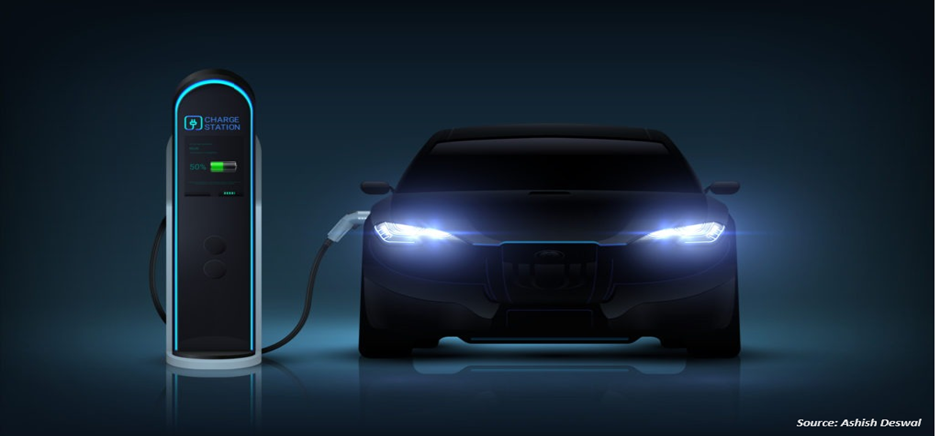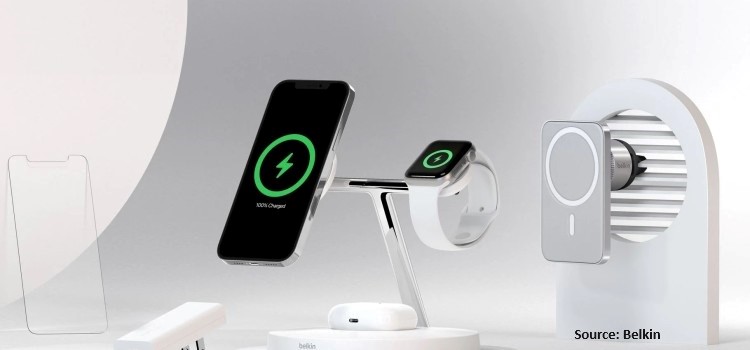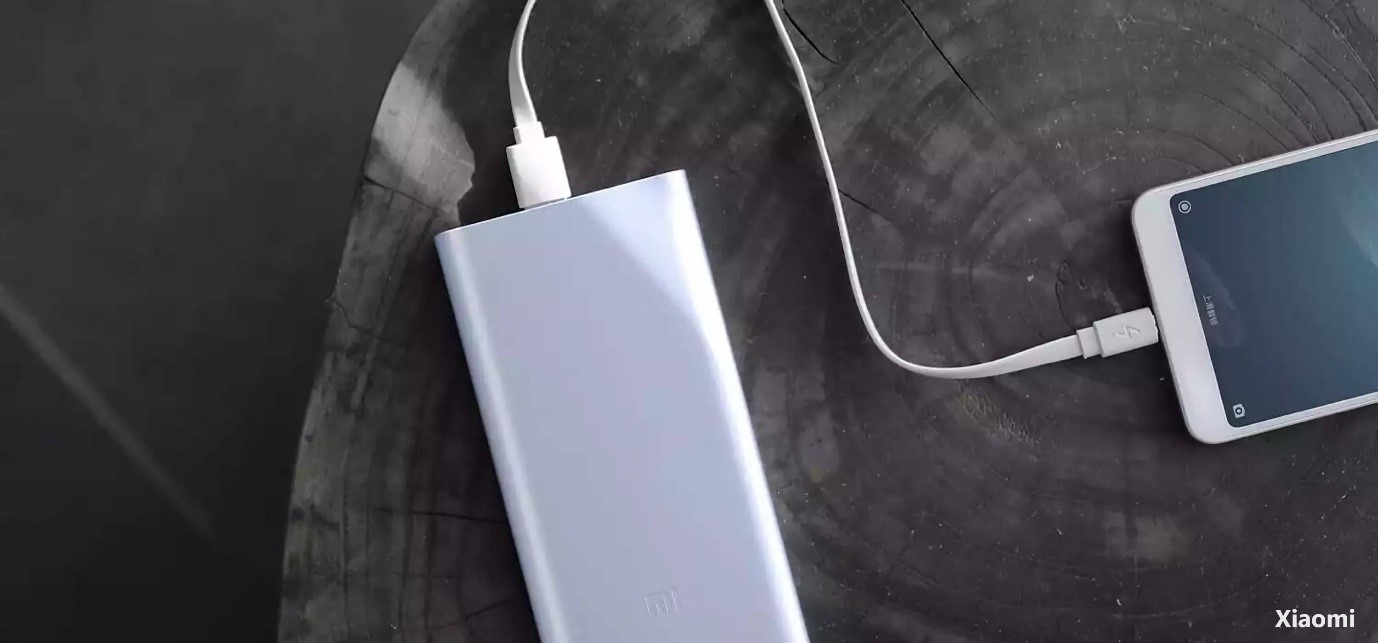
Germany Battery Market by Type (Lead Acid, Lithium Ion, Nickel Metal Hydride, Nickel Cadmium, and Others), by Application (Residential, Industrial, and Commercial), and by Power Systems (Fuel Cell Batteries, Proton-Exchange Membrane Fuel Cells, Alkaline Fuel Cells, Phosphoric Acid Fuel Cells, Solid Oxide Fuel Cells, Molten Carbonate Fuel Cells, Air Cells, Flywheel Energy Storage, Nuclear Batteries) – Opportunity Analysis and Industry Forecast 2023-2030
Industry: Energy & Power | Publish Date: 13-Aug-2023 | No of Pages: 79 | No. of Tables: 55 | No. of Figures: 27 | Format: PDF | Report Code : N/A
Market Definition
Germany Battery Market was valued at USD 8.22 billion in 2022, and is predicted to reach USD 26.81 billion by 2030, with a CAGR of 15.9% from 2023 to 2030.
A battery operates as a storage unit for holding energy, which is subsequently released by converting chemical energy into electrical energy. This mechanism is accomplished by making use of one or multiple electrochemical cells. Classified into primary and secondary categories, batteries play essential roles in our everyday routines. Primary batteries, often referred to as non-rechargeable batteries, provide a simple and convenient power solution for various portable devices like cameras, watches, toys, radios, and lighting tools. On the other hand, secondary batteries, known as rechargeable batteries, have the ability to be recharged with electrical energy after being depleted. This differentiation highlights the crucial function that batteries fulfill in our contemporary lives.
Anticipated Growth of Germany's Battery Market Driven by Government Initiatives
Germany is projected to experience a gradual upswing in the battery market, attributed to various government-led initiatives aimed at boosting battery adoption. For instance, in April 2022, the federal minister of digital affairs and transport in Germany announced a funding of USD 168 million for electrification of local public transport in the city of Hamburg and its surrounding areas. This funding was allotted to two major bus operators or public transport companies—Hamburger Hochbahn AG and Verkehrsbetriebe Hamburg-Holstein GmbH. Under this initiative, these entities will provide 472 new electric buses for public transport services. An electric bus operates using an electric motor powered by a rechargeable battery, which is typically a lithium-ion battery. They are specifically manufactured for high electric charge or energy capacity and designed to give power over sustained periods. Moreover, such batteries offer relatively high power-to-weight ratio, high energy density, and can be manufactured in compact size or lighter to reduce the weight of the vehicle and, therefore, improve performance. This increasing use of electric buses drives the battery market in the country.
Market growth in Germany is being propelled by leading manufacturers of luxury and performance electric vehicles (EVs)
The presence of leading manufacturers of luxury and performance EV manufacturers, such as Volkswagen, Porsche, Mercedes, and BMW further boost the market growth in this country. For instance, in May 2022, Volkswagen has inaugurated its second manufacturing facility dedicated to the production of electric vehicles (EVs) in Germany. The conversion of the existing Emden facility marks a significant step for Volkswagen, enabling the production of the entire all-electric vehicle lineup, known as ID.4. This strategic move is anticipated to empower Volkswagen to manufacture up to 1.2 million all-electric vehicles annually, all built on the company's MEB electric architecture and powered by lithium-ion batteries to drive their electric motors. These developments play a pivotal role in propelling the growth of the battery market in Germany.
Safety Considerations Regarding Battery Usage in Germany
Improper management of batteries has the potential to pose a multitude of hazards to human health and the natural environment. The improper discarding of used or depleted batteries is a common behaviour, leading to their disposal in landfills where they progressively degrade, releasing dangerous materials. As these batteries degrade over time, they release chemical constituents that can permeate the soil, having negative impacts on both surface and groundwater. Consequently, this contamination disrupts the ecosystem, placing aquatic flora and fauna in jeopardy due to exposure to harmful battery components such as mercury, cadmium, lithium, and lead. Consequently, these issues are expected to hinder the growth of the battery market in the region.
Introduction of Nano-Diamond Batteries (NDB) in Multiple Industries
The increasing adoption of Nuclear Diamond Batteries (NDBs) across a range of sectors such as automotive, aerospace, and electronics is poised to unlock new opportunities in the Germany’s battery market. NDBs represent a revolutionary leap in energy generation and storage, fundamentally reshaping the concept of batteries. These batteries exhibit exceptional longevity by tapping into the energy generated from the radioactive decay of nuclear waste. The trajectory of the battery market is being influenced by the compelling features of NDBs, including their compact size, versatility, cost-effectiveness, and scalability across diverse applications, spanning from compact chipsets to large-scale industrial installations. Operating as advanced diamond-based alpha, beta, and neutron voltaic batteries, NDBs provide a continuous supply of clean energy for a wide spectrum of applications, outperforming the capabilities of traditional chemical batteries.
Competitive Landscape
The Germany battery industry includes several market players such as LG Chem Ltd., CATL, Samsung SDI Co. Ltd., BYD, SKI, ENVISION AESC GROUP LTD., Gotion High tech Co Ltd, Primearth EV Energy Co., Ltd., China Aviation Lithium Battery Co., Ltd., Panasonic Corporation.
Key Benefits
-
The Germany battery market report provides a quantitative analysis of the current market and estimations through 2023-2030 that assists in identifying the prevailing market opportunities to capitalize on.
-
The study comprises a deep dive analysis of the market trend including the current and future trends for depicting the prevalent investment pockets in the market.
-
The information related to key drivers, restraints, and opportunities and their impact on the market is provided in the report.
-
The competitive analysis of the market players along with their market share in the Germany battery market.
-
The SWOT analysis and Porter’s Five Forces model are elaborated in the study.
-
Value chain analysis in the market study provides a clear picture of the stakeholders’ roles.
Germany Battery Market Key Segments
By Type
-
Lead Acid
-
Stationary
-
Motive
-
-
Lithium Ion
-
Lithium Nickel Manganese Cobalt (LI-NMC)
-
Lithium Iron Phosphate (LFP)
-
Lithium Cobalt Oxide (LCO)
-
Lithium Titanate Oxide (LTO)
-
Lithium Manganese Oxide (LMO)
-
Lithium Nickel Cobalt Aluminum Oxide (NCA)
-
-
Nickel Metal Hydride
-
Nickel Cadmium
-
Others
By Application
-
Residential
-
Industrial
-
Manufacturing & Construction
-
Automotive
-
Medical
-
Telecom & IT
-
Consumer Electronics
-
Power & Utility
-
Aerospace
-
Marine
-
Others
-
-
Commercial
By Power Systems
-
Fuel Cell batteries
-
Proton-Exchange Membrane Fuel Cells
-
Alkaline Fuel Cells
-
Phosphoric Acid Fuel Cells
-
Solid Oxide Fuel Cells
-
Molten Carbonate Fuel Cells
-
Air Cells
-
Flywheel Energy Storage
-
Nuclear Batteries
REPORT SCOPE AND SEGMENTATION:
|
Parameters |
Details |
|
Market Size in 2022 |
USD 8.22 billion |
|
Revenue Forecast in 2030 |
USD 26.81 billion |
|
Growth Rate |
CAGR of 15.9% from 2023 to 2030 |
|
Analysis Period |
2022–2030 |
|
Base Year Considered |
2022 |
|
Forecast Period |
2023–2030 |
|
Market Size Estimation |
Billion (USD) |
|
Growth Factors |
The growing government incentives The adoption of hybrid vehicles |
|
Companies Profiled |
10 |
|
Market Share |
Available for 10 companies |
|
Customization Scope |
Free customization (equivalent up to 80 working hours of analysts) after purchase. Addition or alteration to country, regional, and segment scope. |
|
Pricing and Purchase Options |
Avail customized purchase options to meet your exact research needs. |
KEY PLAYERS
-
LG Chem Ltd.
-
CATL
-
Samsung SDI Co. Ltd.
-
BYD
-
SKI
-
ENVISION AESC GROUP LTD.
-
Gotion High tech Co Ltd
-
Primearth EV Energy Co., Ltd.
-
China Aviation Lithium Battery Co., Ltd.
-
Panasonic Corporation




 Speak to Our Analyst
Speak to Our Analyst

































